Dr. Bay said that type 1 diabetes accounts for about 5% of the total number of people with diabetes. However, the number of detected cases is still very modest, only about 1,500-2,000 cases.
In reality, the number of cases may be many times higher due to underdiagnosis.
The above information was shared by Dr. Bay at the program "Picnic with type 1 diabetes - Connect and share", which took place on August 2 in Hanoi , organized by the Vietnam Pediatric Association in collaboration with the program "Changing Diabetes in Children" (CDiC) and the Central Endocrinology Hospital.
The activity is part of a series of international cooperation activities to raise awareness, improve comprehensive care and increase access to health services for children.

Children have their blood sugar checked before participating in physical activities (Photo: LH).
According to experts, type 1 diabetes is no longer a rare disease in children. Unlike type 2 diabetes which is closely related to lifestyle, type 1 diabetes is an autoimmune disease.
Because the child's body produces antibodies that attack the beta cells of the pancreas, which produce insulin, the child is forced to inject insulin for life. Controlling type 1 diabetes in children is much more difficult than type 2 diabetes in adults, having to ensure energy for the child's development while controlling blood sugar.
Ms. Hue (38 years old, Hanoi) shared that her 7-year-old son was diagnosed with type 1 diabetes more than 3 years ago. When her son had a fever and went to the doctor, his blood sugar was abnormally high, she just thought that because he was sick, he had a metabolic disorder.
"A month after the re-examination, the doctor diagnosed the child with type 1 diabetes. Since then, the family has had to follow the child's every meal, exercise, injection... to control blood sugar," said Ms. Hue.
According to Dr. Bay, about 50% of children with type 1 diabetes are discovered when they are in an emergency, commonly ketoacidosis due to prolonged insulin deficiency. In many cases, children forget to inject or stop treatment, causing complications to occur earlier and more severely.
This expert also pointed out the difficulties in treating type 1 diabetes in children, when they cannot monitor their own blood sugar, do not know how to inject insulin, and do not know how to adjust their dosage when eating and exercising.
At school, many children also lack school support, making disease control more difficult.

Food items have clearly written energy levels so children can calculate how much they eat (Photo: LH).
Dr. Bay said that in recent years, modern technology has contributed significantly to the control of type 1 diabetes in children. Children can have a continuous blood glucose monitor (very compact) attached to their skin, the device automatically measures blood sugar every minute and warns when the index exceeds the threshold, connecting to the phone of the parent or doctor to support the detection and control of blood sugar for children.

Dr. Bay shares knowledge about monitoring and controlling blood sugar (Photo: LH).
The “Changing Diabetes in Children and Adolescents” program is a public-private partnership project, initiated worldwide in 2009 and implemented in Vietnam from 2022, focusing on supporting children and adolescents with type 1 diabetes.
The program contributes to raising community awareness, improving comprehensive care and increasing access to health services for young patients. At the same time, it provides free essential medical supplies such as blood glucose monitoring devices, organizes counseling and education activities on disease management for children and their families.
Source: https://dantri.com.vn/suc-khoe/dai-thao-duong-type-1-o-tre-em-50-phat-hien-o-tinh-trang-cap-cuu-20250803073347422.htm




![[Photo] Prime Minister Pham Minh Chinh meets with representatives of outstanding teachers](https://vphoto.vietnam.vn/thumb/1200x675/vietnam/resource/IMAGE/2025/11/15/1763215934276_dsc-0578-jpg.webp)

![[Photo] Panorama of the 2025 Community Action Awards Final Round](https://vphoto.vietnam.vn/thumb/1200x675/vietnam/resource/IMAGE/2025/11/15/1763206932975_chi-7868-jpg.webp)
![[Photo] General Secretary To Lam receives Vice President of Luxshare-ICT Group (China)](https://vphoto.vietnam.vn/thumb/1200x675/vietnam/resource/IMAGE/2025/11/15/1763211137119_a1-bnd-7809-8939-jpg.webp)
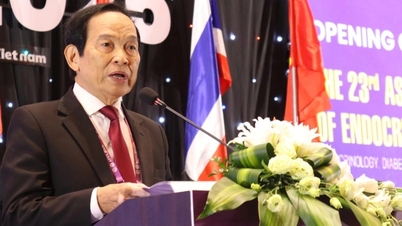
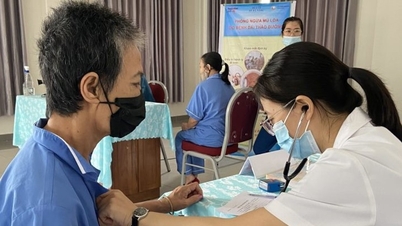

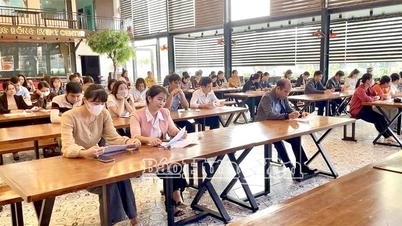




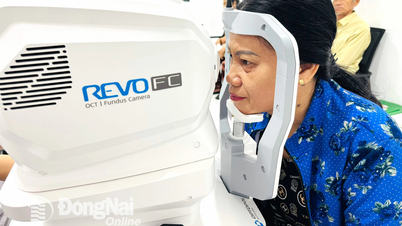



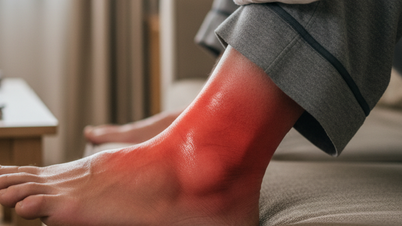
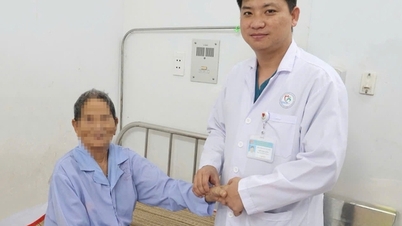

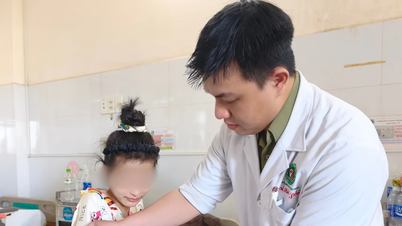

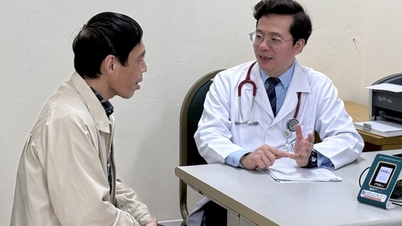






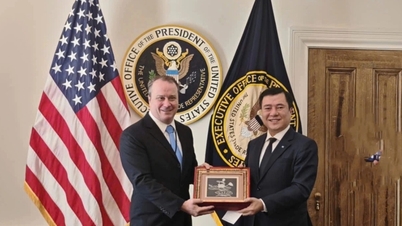


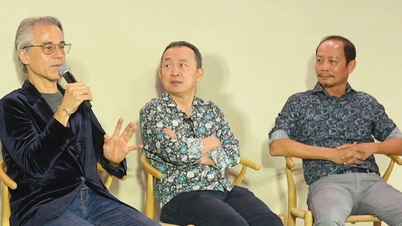












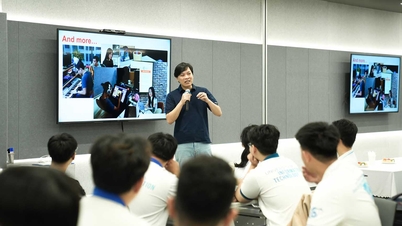






























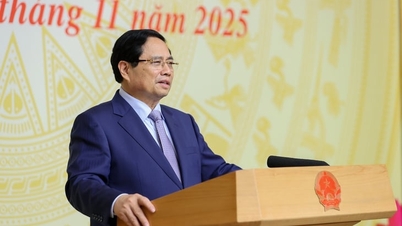







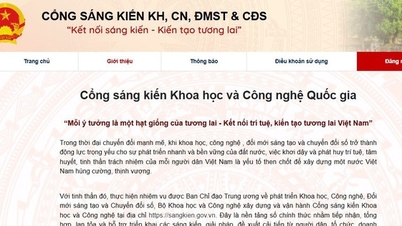





















Comment (0)